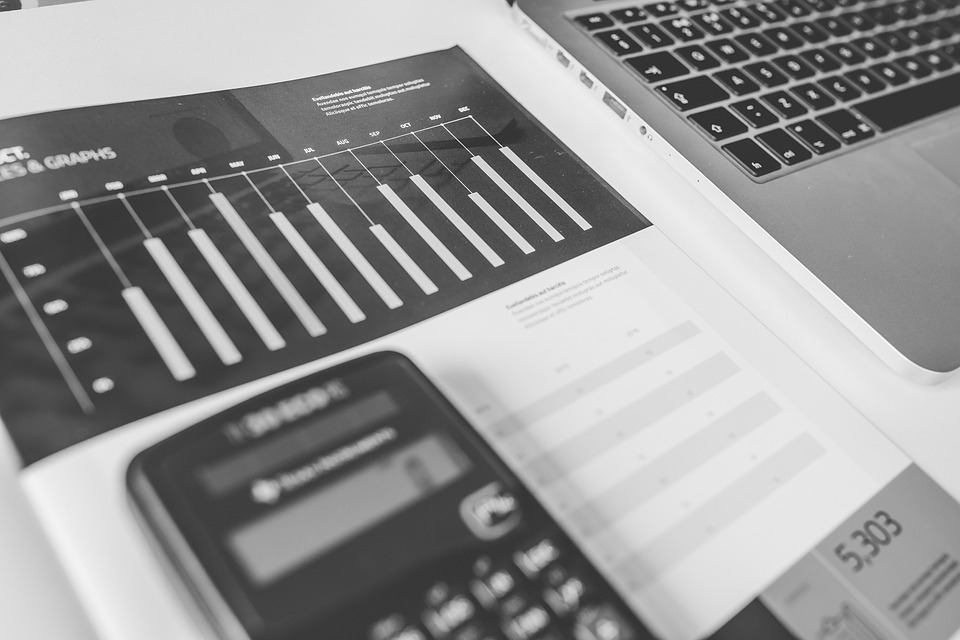Financial analysis is an essential tool for businesses to measure their financial performance and make informed decisions. One of the key financial statements that businesses use in their analysis is the balance sheet. The balance sheet provides a snapshot of a company’s financial position at a specific point in time, showing what the company owns (assets) and owes (liabilities) as well as its net worth (equity).
To effectively use the balance sheet for financial analysis, it is important to understand the different components and how they interact with each other. By mastering financial analysis with the balance sheet, businesses can gain insights into their financial health and make strategic decisions to improve their performance.
One of the key aspects of analyzing a balance sheet is understanding the relationship between assets and liabilities. Assets are the resources that a company owns, such as cash, inventory, equipment, and accounts receivable. Liabilities, on the other hand, represent the company’s obligations, such as loans, accounts payable, and accrued expenses. By comparing the company’s assets to its liabilities, analysts can determine the company’s leverage and liquidity. A company with more assets than liabilities may be in a strong financial position, while a company with more liabilities than assets may be at risk of insolvency.
Another important aspect of analyzing a balance sheet is examining the company’s equity. Equity represents the company’s net worth, which is the amount left over after subtracting liabilities from assets. Equity can be further broken down into common stock, retained earnings, and other equity components. By understanding the composition of a company’s equity, analysts can assess the company’s profitability, growth potential, and overall financial stability.
In addition to understanding the components of the balance sheet, it is also important to analyze key financial ratios derived from the balance sheet. These ratios can provide valuable insights into a company’s financial performance, efficiency, and solvency. Some of the most commonly used financial ratios derived from the balance sheet include the debt-to-equity ratio, current ratio, and return on equity. By calculating and interpreting these ratios, businesses can assess their financial health and identify areas for improvement.
Overall, mastering financial analysis with the balance sheet is essential for businesses to make informed decisions and maximize their financial performance. By understanding the components of the balance sheet, analyzing key financial ratios, and interpreting the results, businesses can gain valuable insights into their financial position and make strategic decisions to achieve their financial goals. Whether you are a small business owner or a financial analyst, mastering financial analysis with the balance sheet is a valuable skill that can help you succeed in today’s competitive business environment.
